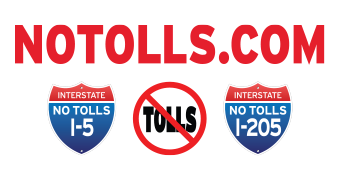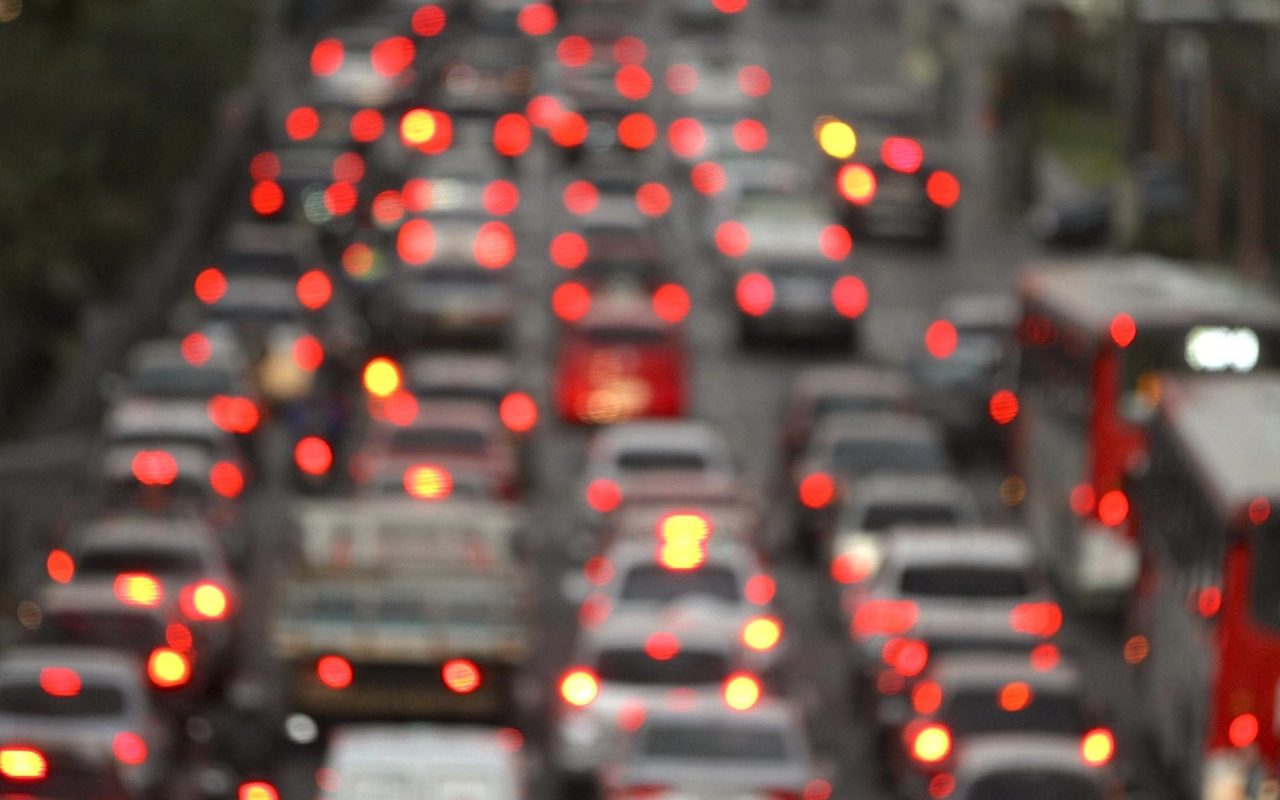Five years ago the Tribune Board nailed it — “it’s the capacity”
Portland Tribune Editorial Board Aug 7, 2018
Tolling on Portland’s freeways is years away, but that isn’t stopping people from commencing a battle now over the prospect of having to pay to drive.
The underlying question is whether tolls should be used as a disincentive for venturing onto freeways at certain times of the day, or whether they only should be utilized to pay for new lanes and bridges. Either way, we feel safe in predicting that tolls won’t be popular, but that without them, gridlock in the metro area will get worse.
In 2017, the state Legislature directed the Oregon Transportation Commission to develop a plan by the end of this year for a concept called “value pricing.” Also known as congestion pricing, this method of raising money and reducing traffic jams would require motorists to pay for the luxury of traveling at peak times on selected area freeways.
Although the transportation commission is close to submitting its proposal for congestion pricing to the federal government, it doesn’t anticipate implementing the program for a number of years. However, if state Rep. Julie Parrish, R-West Linn, and other local politicians have their way, any tolling that’s designed for the sole purpose of changing people’s driving habits will hit another form of gridlock — one of the political variety.
Parrish has come on board to power an initiative that’s now intended for the 2020 election. It would require a vote of the people for tolling, unless the tolls are paying for new transportation infrastructure. In other words, if the state Department of Transportation wants to move ahead with congestion pricing, it must put it on the ballot.
Requiring a public vote for a potentially unpopular and poorly understood program is one way to kill the idea. Parrish would say that’s democracy in action, but it also has the effect of preventing experimentation with a concept that yet could prove valuable for a metro area choking on peak-time traffic.
It’s worth noting, too, that congestion pricing isn’t some quirky Portlandia invention. Cities such as Atlanta, Los Angeles and Seattle already have some form of this tolling in place.
While it’s premature to take congestion pricing off the table, the coming skirmish over tolls could determine whether this particular tool will be of much use in the Portland region. Congestion already is hurting the economy, damaging livability and robbing people of precious time.
A number of factors make the problem harder to solve:
- Tens of thousands of people move to the metro area each year, bringing their cars with them.
- Ride-hailing services such as Uber and Lyft — once considered a potential way to get cars off the road — are instead making traffic worse.
- Related to that trend, mass transit ridership is declining, and many experts say it will continue to fall as people opt for the door-to-door convenience of an Uber or Lyft.
- The state’s primary source of ongoing transportation money — the gas tax — won’t keep up with the need as more fuel-efficient cars use less gas.
- Federal funding for transportation projects is also dwindling, and local governments have few places to look for new transportation money, since Oregon has no sales tax and its property and income taxes are already onerous.
Like other big issues facing Oregon, the transportation problem can seem unsolvable. But for the average person trying to make his or her way to work, school or the grocery store, traffic congestion is a maddening frustration. And that means the state must move forward, as the Legislature did in 2017 when it approved a $5.3 billion transportation bonding package that, among other things, will widen Interstate 5 at the Rose Quarter and build an auxiliary lane and other improvements on Highway 217.
That package also included the provision for congestion pricing, setting up the battle over tolls. We aren’t ready to rule out congestion pricing — it’s similar in theory to the surge pricing used by ride-hailing services. But we do agree with Parrish that a primary purpose for tolls should be new capacity.
For example, the funding for new freeway lanes — including the Abernethy Bridge to Stafford Road portion of Interstate 205 — has to come from somewhere.
At the same time, rush-hour “tolls” imposed on I-5 for congestion pricing also could bring new capacity, by providing an incentive for folks to shift their drive time. That will slow the need for freeway expansions, while raising money for other road projects.
Oregonians are not accustomed to tolls being a daily part of their lives, but the choice one day may be between paying a toll or giving up something even more valuable — hours upon hours of their time.


